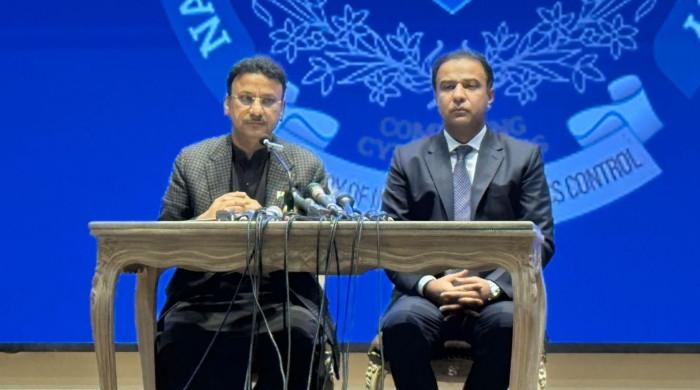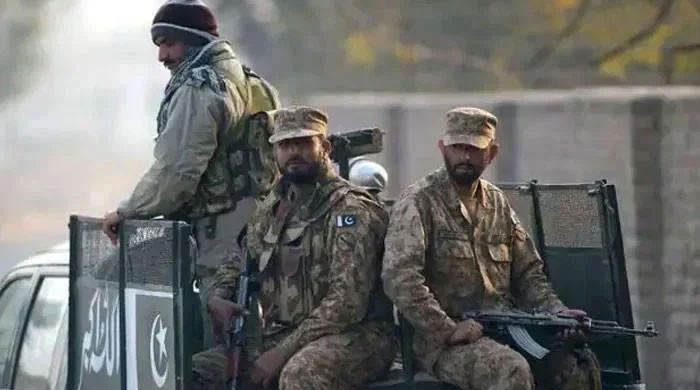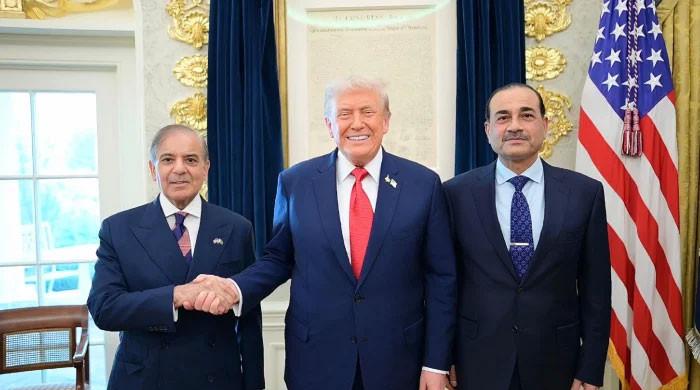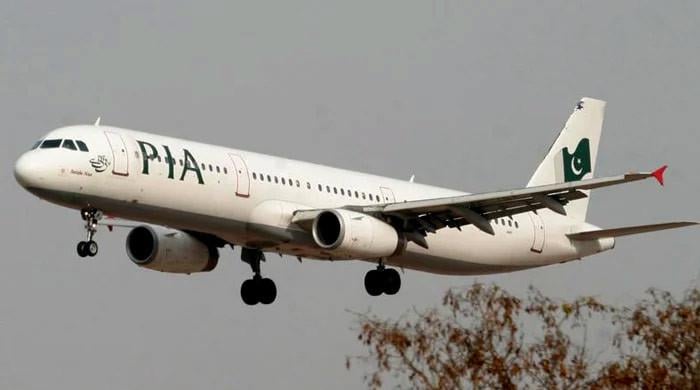Traffic-weary Karachi citizens pin hopes on court-mandated revival of KCR
The project's revival, now mandated by the Supreme Court, is marred by many obstacles
February 08, 2021
New projects for transportation are no less than a beautiful dream for the citizens of Karachi, fed up with the worsening traffic situation and the dilapidated state of buses.
One such project, that has been pending for a long time, is the once integral but now defunct Karachi Circular Railway (KCR).
The project's revival, now mandated by the Supreme Court, is marred by many obstacles. It was stalled for so long in the past that people thought it had been abandoned. They built buildings on the track and on the surrounding lands.
But after that, the apex court took a sou-motu notice on the KCR issue and ordered its restoration, in light of the increasing transportation problems being faced by citizens in the Karachi.
Moving forward, after the SC's notice, federal and provincial authorities apparently ramped up the work on the project's revival — and although, it isn't up to the mark — the KCR has started functioning once again.
The revival's phases
In the first phase, the train service ran from Pipri to City railway station. However, the second phase — from City to Orangi Town railway station — that was announced to start functioning in December, is yet to begin.
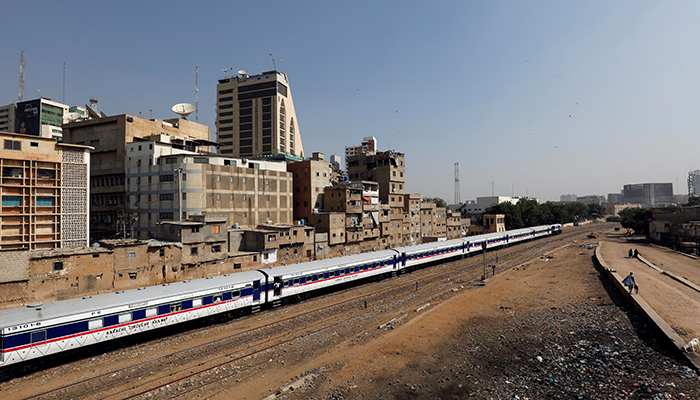
For the track from City to Orangi Town railway station, as many as 1,948 encroached buildings are yet to be removed, while the railway track has not been repaired as well, leaving hopes for the second phase's initiation in despair.
For the third phase, the train service had to run from Oragni Town to Drigh Road railway station, and the track's situation over there is even worse than the second phase.
Most of the tracks have been turned into sewers, while at some points, the tracks are non-existent, and there are piles of rubbish everywhere.
It is also pertinent to mention here that 372 small and high-rise buildings have been built on the third phase's track, and the authorities have made several failed attempts in clearing the encroachments.
What are authorities saying?
In this regard, when the Pakistan Railways and the Sindh government were approached, it became clear that they were indeed making efforts for its revival.
Divisional Commercial Officer Karachi Nasir Nazir said that the second phase would be started soon after the railway tracks are cleared and the stations are repaired, without removing the encroachments.
On the other hand, Sindh government spokesman Murtaza Wahab said that there was a need to run the circular railway with modern equipment.
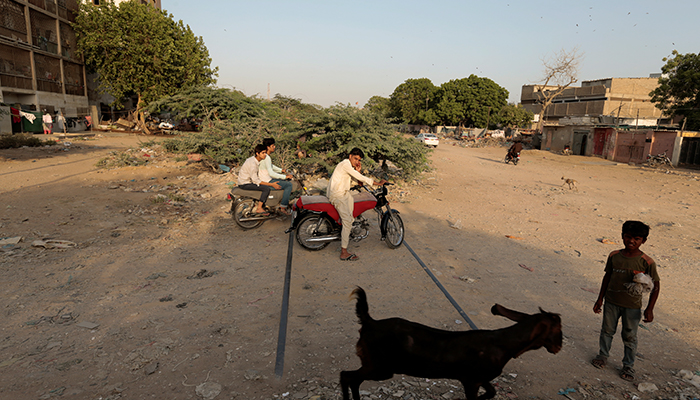
"This project was not successful in Karachi before, how can it be successful now? The circular railway needs to run on modern requirements, and the railway is a federal department," he said.
However, due to the land mafia, government institutions' incompetence and disputes between the Sindh and federal government, Karachiites might never witness its completion.
Hopeful citizens
But despite all the hurdles, citizens are hopeful that the metropolis' transport issues might get solved as the apex court has taken notice of the matter.
Harish Kumar, speaking to Geo News, said that the KCR's closure has not only increased traffic in the city but also hiked up pollution.
Kumar, who is also a social worker, said that a circular railway project is crucial to keeping a city's environment clean and green.
Waqas Bajwa, a resident of Model Colony, said that he used to travel from Model to City Station via circular railway to reach his educational institution, DJ College.
However, now, due to the KCR's closure, he has to travel the distance in public buses whose condition have deteriorated with time.
The circular railway project is important for the city not only in terms of transport facilities, but it also helps in curbing pollution.




